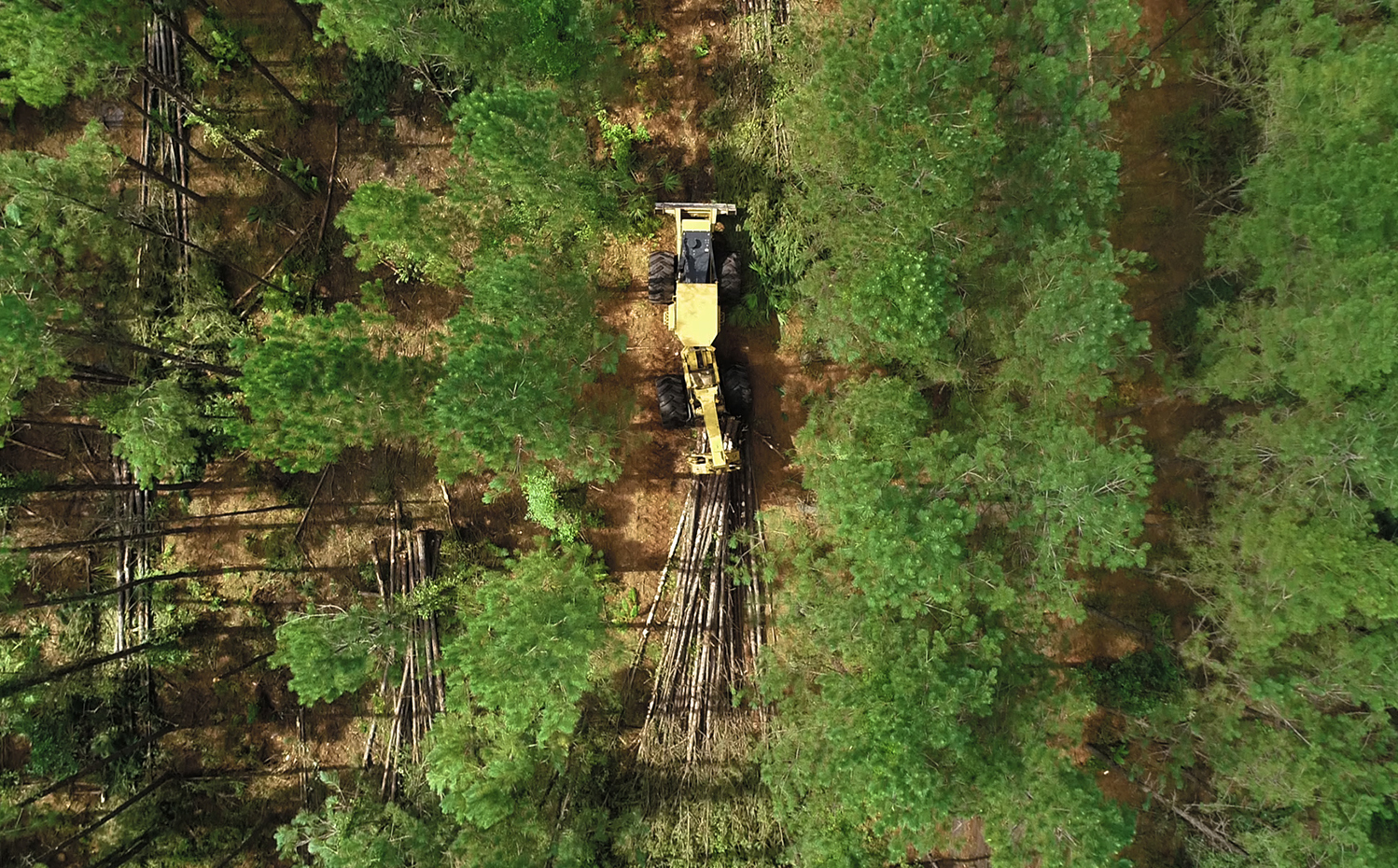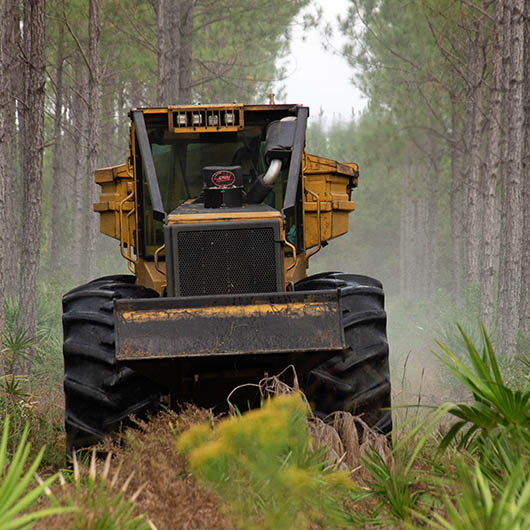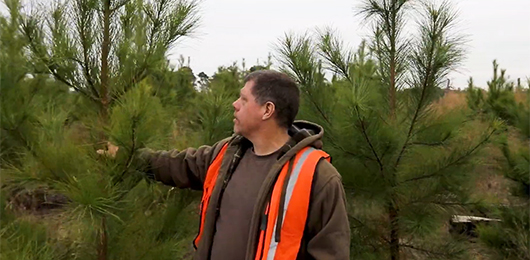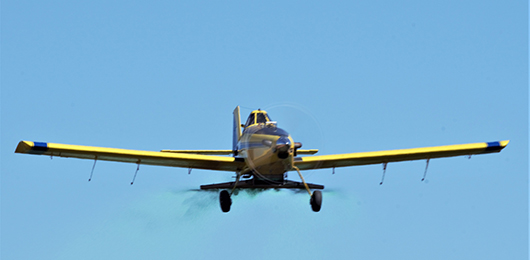Maintaining the Forest
Forest Management
Managing a forest isn’t simply about the trees—it’s about the whole ecosystem. Foresters use controlled burns (small fires they intentionally set) to get rid of flammable brush, preventing future wildfires. They may use thinning, fertilization or other methods to strengthen the growing trees. And there is a whole network of roads and streams to look after within the forest.




